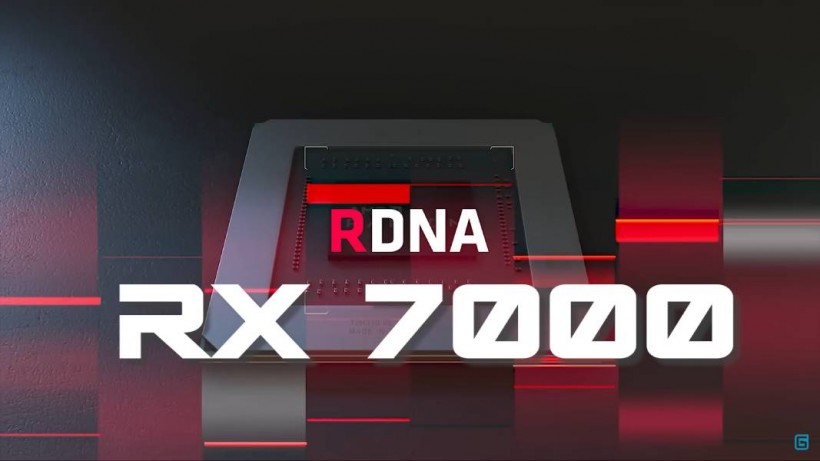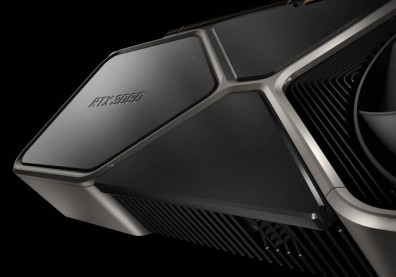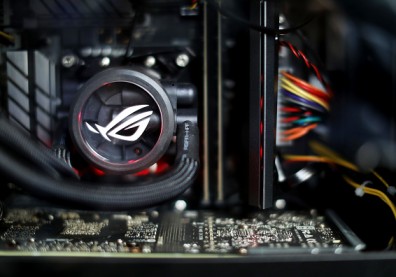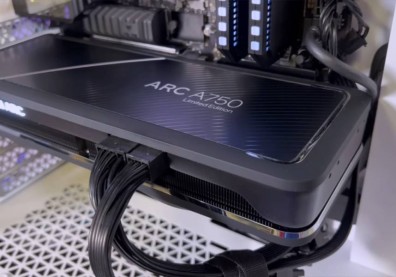FSR 3.0 is shaping up to be a far more advanced version of AMD's upscaling tech, and it's going to be a big part of the upcoming RX 7000 series of GPUs based on RDNA 3.

amd rx 7000 series
But just how much more advanced? Well, according to WCCFTech, FSR 3.0 this time will be hardware-accelerated unlike its older versions. This is already a big difference from FSR 1.0 and FSR 2.0, both of which were never reliant on hardware assistance like NVIDIA's DLSS. That's what made them appealing. This time around, it looks like Team Red's next-gen gaming graphics cards will work very much like NVIDIA's RTX series.
This was spotted by a Twitter user called 0x22h, who mentioned how the LLVVM repository for the RDNA 3 cards indicated something called WMMA (Wave Matrix Multiply Accumulate) instructions:
Renowned GPU leaker Greymon55 corroborated the tweet, saying that this is a clear indication of AI acceleration and it should work with FSR 3.0 "and other features." But to the ordinary PC gamer who just wants more frames while turning up graphics settings, this is all a bunch of super-technical jargon.
Here's the simplest explanation we can come up with. WMMA is similar to how NVIDIA DLSS boosts performance in games. They do it with hardware and not with software, unlike FSR 1.0 and FSR 2.0. This is why in order to use DLSS, you had to buy an RTX series graphics card. On the other hand, AMD's upscaler can be used with both AMD and NVIDIA cards - even GPUs which are as old as the GTX 10 series and the RX 500 series.
By adding WMMA, Team Red could be ensuring that FSR 3.0 will only be available on the RX 7000 series of GPUs. Bar none. Full stop. That is, of course, if this information proves to be accurate.
There's still no concrete release date for RDNA 3 as of this writing. But for now, the battle between the RTX 40 series and the RX 7000 series is already shaping up, ready to tug at the hearts (and wallets) of PC gamers wanting more performance out of their new hardware.
Read Also: Multiplayer Pirate Game Skull And Bones Might Finally Release This November
More News About RX 7000
In other news about the upcoming next-gen AMD graphics cards, it's been confirmed that they'll be drawing more power than previous-gen RX 6000 as a way of pushing performance even further.
The increased power consumption for the RX 7000 series was confirmed by AMD senior VP Sam Naffzigger. Their engineers also had to consider just how much actual, real-world performance they could squeeze from the extra watts from the wall, which is what led to another claim: a 50% performance per watt improvement over last-gen hardware.
What this could mean is that RX 7000 could either be 50% faster than RX 6000 at the same power draw, or be as fast as RX 6000 but with 33% less power. Either way, Team Red is touting the improvement as their method of competing with NVIDIA's monstrously hungry RTX 40 series.
To cap things off, a separate report by WCCFTech also reveals that RDNA 3 will have enhanced ray tracing performance - something that AMD's cards have struggled with when RT started with Team Green's RTX 20 series. The uplift will be the result of combining traditional game rendering techniques (which performs better) with ray tracing. AMD plans to do that by redesignin RDNA 3's compute units (CUs) for better ray tracing performance.
Related Article: Is Ray Tracing Worth It? Here's The Truth About 'RTX On'
This article is posed on GameNGuide
Written by RJ Pierce








